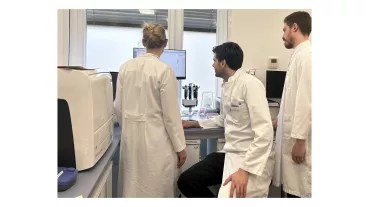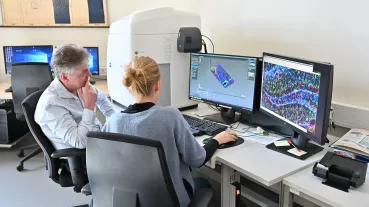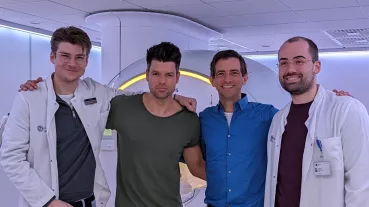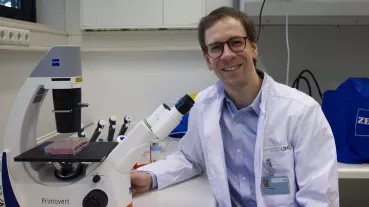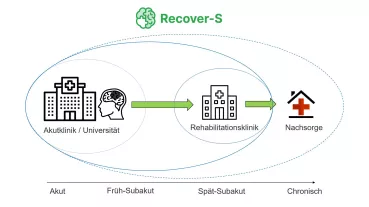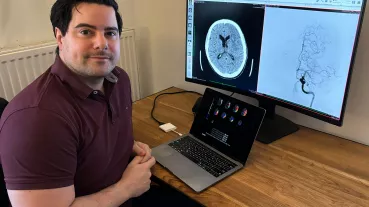Secondary Brain Damage by T Lymphocytes after Experimental Stroke
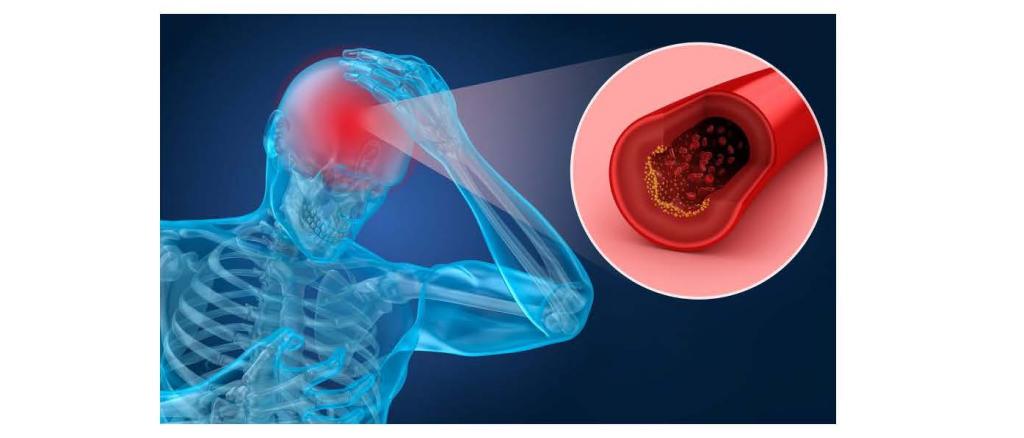
Importance of T cell receptor-specific activation pathways and T cell polarization in dependence on infection status
The second leading cause of death worldwide is stroke. Acute therapy is performed up to 8 hours after the event by restoring blood flow through thrombolysis or thrombectomy. The majority of patients cannot be treated due to the missed therapy window or existing contraindications. In consequence many patients develop serious disabilities. A few hours to days after the event immune cells, including lymphocytes, migrate into the infarct area and significantly contribute to further secondary tissue damage. Therefore, the functional modulation of these immune cells, e.g. the change in lymphocyte polarization from pro-inflammatory to regulatory / anti-inflammatory) represents a promising target for new therapies whose use may improve patients' outcomes even after days after the event.
However, this is a complex task because the induced functional change must not increase the susceptibility to stroke-associated infection. The intervention must therefore be very targeted. Precondition for the success is the comprehensive knowledge about the kinetics of the damage initiation, the kind of activation of the lymphocytes as well as their polarization.
It is also unclear whether subsequent infections that occur in up to 30% of patients additionally amplify the immune-mediated, secondary brain damage by activating the adaptive immune system. The present project addresses these research gaps and investigates the therapeutic success of immunomodulation from pro-inflammatory Th17 to regulatory T cell response (Treg) in experimental stroke.
Here you can get further information.
